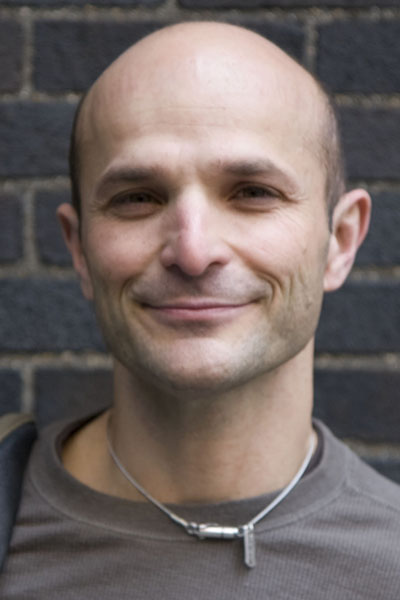
Binghamton University’s new School of the Arts has appointed a founding director.
Through a process that included individual presentations from finalist candidates, the search committee selected Christopher Robbins, the current director of the School of Art+Design at Purchase College. Robbins — a sculptor who describes his work as “on the uneasy cusp of public art and international development” — received his bachelor’s degree from the University of Virginia and earned a Master of Fine Arts (MFA) from the Rhode Island School of Design (RISD). His appointment indicates progress for BU’s School of the Arts, which resides within Harpur College and brings together five departments — art and design, art history, cinema, music and theater.
Among the members of the search committee was Pamela Smart, the associate dean for faculty affairs and programmatic initiatives and an associate professor in the art history department. Smart praised Robbins’ qualifications and leadership ability.
“The School of the Arts is such an important initiative for Harpur [College], and the search committee was intent on recruiting a director who has fantastic leadership skills and administrative experience, a track record of working collaboratively and a robust creative practice,” Smart wrote in an email. “[Robbins] is a ‘social practice’ artist, whose work is concerned as much with process and building social relationships as it is with creating finished works. The sustained collaborations with other artists and with community members that define his work speak volumes for his capacity for relationship building and for facilitating complex projects.”
Outside of higher education, Robbins’ experience extends to volunteering for the Peace Corps in Benin and performing a speech before the United Nations highlighting his work, which includes co-founding the Ghana ThinkTank, which — according to its website — is an “international collective that ‘develops the first world’ by flipping traditional power dynamics, asking the ‘third world’ to intervene into the lives of the people living in the so-called ‘developed’ world.” This involves collecting problems in the United States and Europe and relaying them to think tanks in “developing communities,” including bike mechanics in Ghana, Sudanese refugees in Israel and incarcerated girls in Boston.
In the position profile published at the beginning of the search process, BU described their ideal candidate as an “expansive, energetic and collaborative leader [with] a commitment to positioning the arts at the center of a public liberal arts institution.” School leaders, including Celia Klin, the dean of Harpur College, describe the new School of the Arts as faithful to Harpur’s origins, combining a broad-based arts education with rigorous academic programs.
Paired with the development of the new School of the Arts is a plan to renovate the Fine Arts Building, which will serve as a “nexus for the school’s creative activities, innovative pedagogy and scholarship.” The process of finalizing a master plan has yet to be completed.
Brian Weiss, a sophomore majoring in environmental science, described his first impressions on Robbins’ hiring. Specifically, Weiss drew attention to work Robbin had done in Detroit, where he had worked with artists, residents and organizations to rehabilitate two abandoned buildings into a sustainable living community.
“Even though I’m not involved with any of the arts programs, I’ve heard and read a little bit about who they hired,” Weiss wrote. “His project in Detroit was an interesting take on addressing equity issues.”
Claire Goldstein, co-president of the art club and a junior majoring in psychology, expressed optimism about increased collaboration between different programs.
“I think a School of the Arts is a great idea [because] it’s really important for those in academia to conceptualize the arts as interdisciplinary,” Goldstein wrote in an email. “I think having a cohesive umbrella will allow students and faculty in the arts fields to be more connected to each others’ disciplines and aware of the commonalities between them. The Art Club has been trying to do this by connecting the visual arts fields to other creative fields like dance, music and poetry. If students are exposed to many forms of self-expression, they will end up with a lot of different tools they could use to approach a creative project.”


